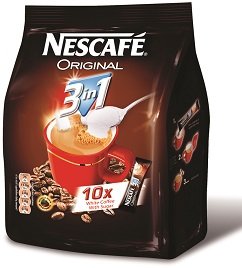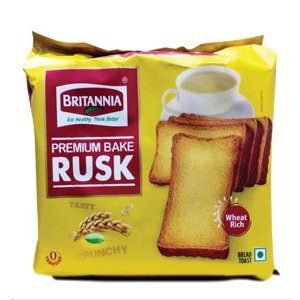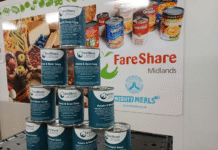Uma Polymers in Jodhpur is a leading supplier of customized flexible packaging for global consumer product companies. Additionally the company sees an opportunity in the fast growing lamitube market. Mahan Hazarika reports.

Uma Polymers, a leading flexible packaging company based in Rajasthan, manufactures and exports flexible laminates for snack foods, pharmaceutical, pet foods and packaging of many other products, and supplies to top brands such as PepsiCo, Britannia, Nestle, Tata Global Beverages, Tata Chemicals, ITC, Perfetti, Parle and Bikaji. The company has entered the lamitube market in the year 2014. “We provide key features like printing up to nine colors and final varnish coating. We are also manufacture laminates capable of delivering
excellent sealing, which can be customized to suit individual packaging needs – all as per food packing standards,” says Shripal Raj Lodha, chairman of Uma Group.
The company meets the demands of industries like medical packaging, food packaging, personal care packaging, tooth pastes, cosmetic creams, fairness creams, antiseptic creams, acne creams, ayurvedic creams, foot care creams, shampoo and hair oils, shaving gel, hair dyes and heena. “The current market potential in India is 1,000 MT and we are optimistic about an accelerated growth in the lamitube sector as well,” says Lodha.
Lamitubes and innovations

After its debut in the lamitubes segment in 2014, Uma Polymers has introduced and executed a couple of new developments in laminates that include breathable laminates for the medical industry, easy peelable laminates for condoms, cold seal laminates for confectioneries and chocolate bars, woven fabric PE extruded laminates for heavy duty bags ranging from 10 to 20 kilograms, retort and microwave laminates, and semi-aseptic packaging laminates. “We have also done customized innovations for big brands like Pepsico India, Nestle India and Griffins,” says Lohia. “For Pepsico India, we have successfully developed low gsm laminate with reduction of 11% from 58.6 gsm to 52 gsm without compromising on physical and barrier properties. This was the major cost reduction project executed successfully which has saved around 13% of the cost and laminate usage. It was appreciated internationally by our client,” says Lodha.
For Nestle India, Uma Polymers custom-developed a new polymer combination film with better seal strength and low seal initiation temperature (SIT) to run the laminate on high speed machines. “The customized lamitube has helped increase the machine speed from 210 packs a minute to 315 packs a minute. This laminate is running successfully on Nestle’s high speed machines,” says Lodha. For Dabur India, Uma developed a highly sophisticated surface printed foil with VMCH coating. “The fine-graphics printing on this sophisticated foil cannot be replicated and thus helps avoid counterfeited products. These foils are mostly used for packaging pharma products (blister and strips packing),” adds Lodha. Uma also developed a special promo 4-layer laminate with scratch option on
it for Pratap Snacks. “This film was used during the ICC World Cup 2015 for the scratch and win offer. This was the combination of reverse and the surface printing online with registered printing,” Lodha says. “And for New Zealand-based Griffins, we developed a special two-layer transparent high barrier bottom gusset pouch.”
Challenges
Speaking about the industry, Lodha says that technically skilled manpower is scarce in the industry and thus retaining skilled manpower is one of the major challenges. “Flexible packaging is a very dynamic market. The margin in this industry is getting thinner day by day,” Lodha says. “Apart from that, the industry players are facing short-term competition from disorganized and small manufacturers who try to enter the market by reducing their prices (at a squeezed margin). However, these companies are unable to sustain in the long run as they cannot afford to deliver quality at a squeezed price. However, the road ahead for the packaging industry seems to be exciting,” says Lodha. He says that staying abreast with the ever-changing technology is the need of the industry. Lodha believes in sustainability and says, “Maintaining a healthy environment is an ecological concern, which has become a pressing need as the manufacturing sector has often been in the bad books for not following sustainability guidelines.”











